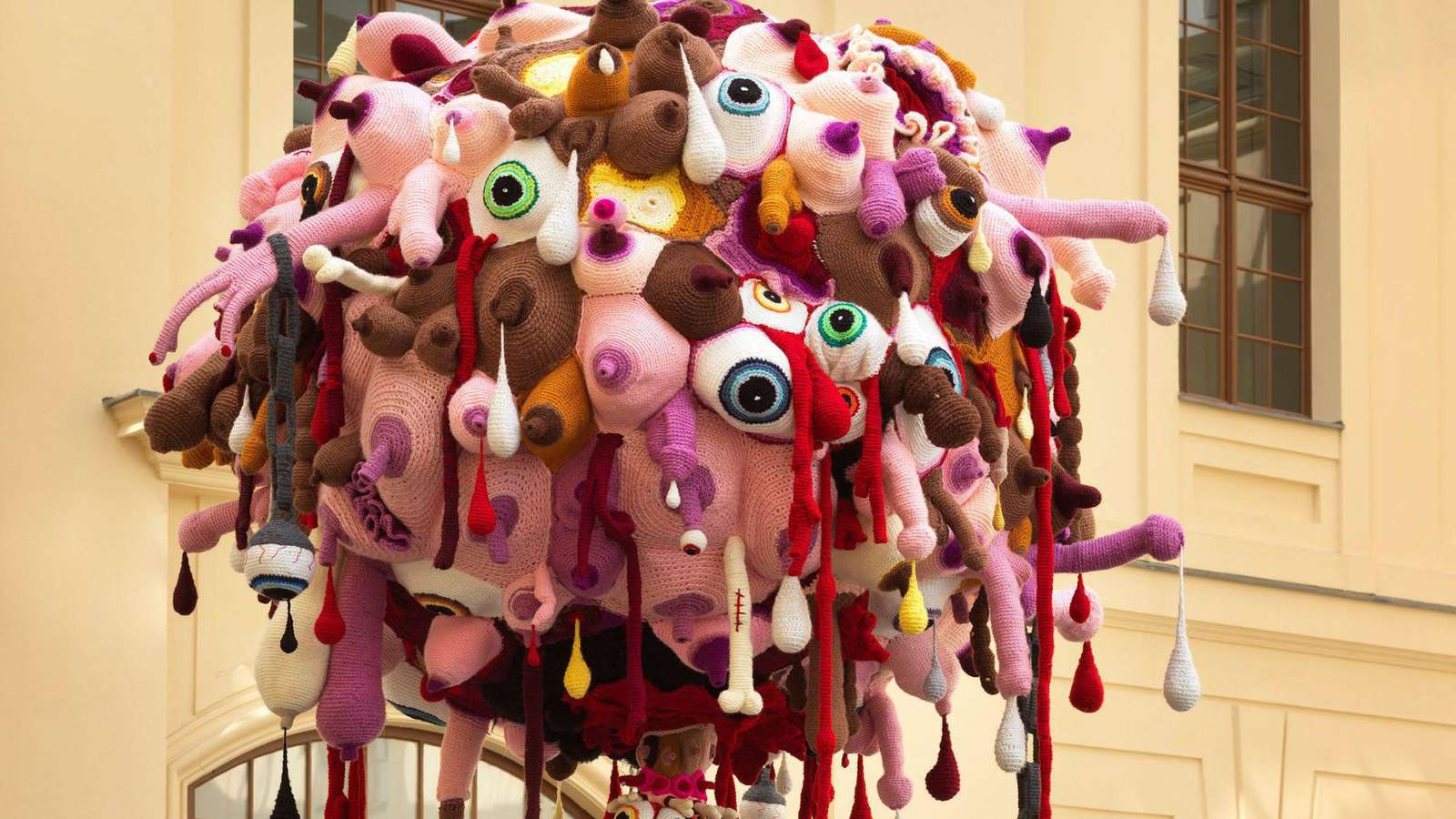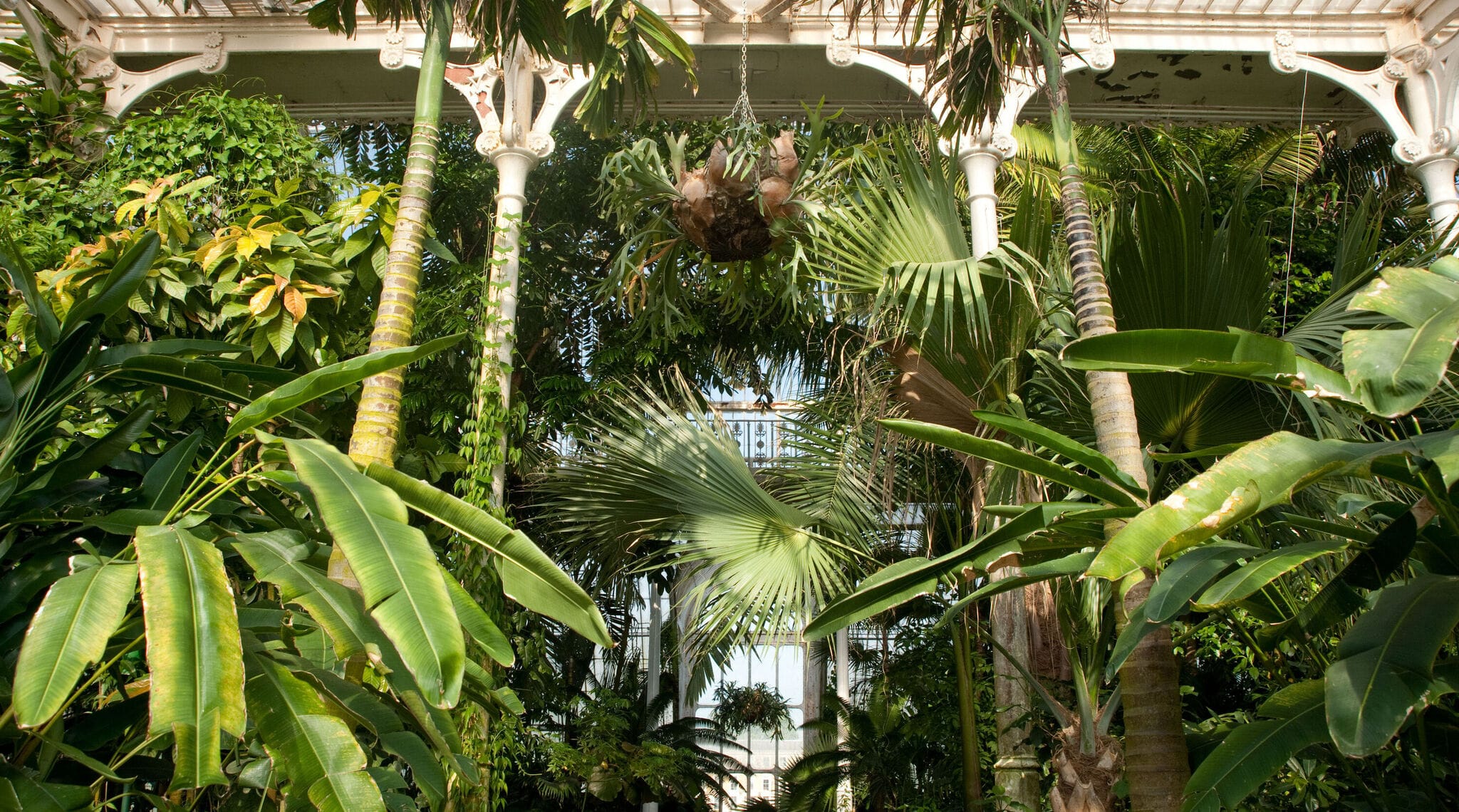Yet Another Perfect Surface: Dropping the Act at the Fair
The art world still likes to maintain the pretense that art and commerce are somehow separate—except at fairs, where the architecture embraces the vulgar truth.
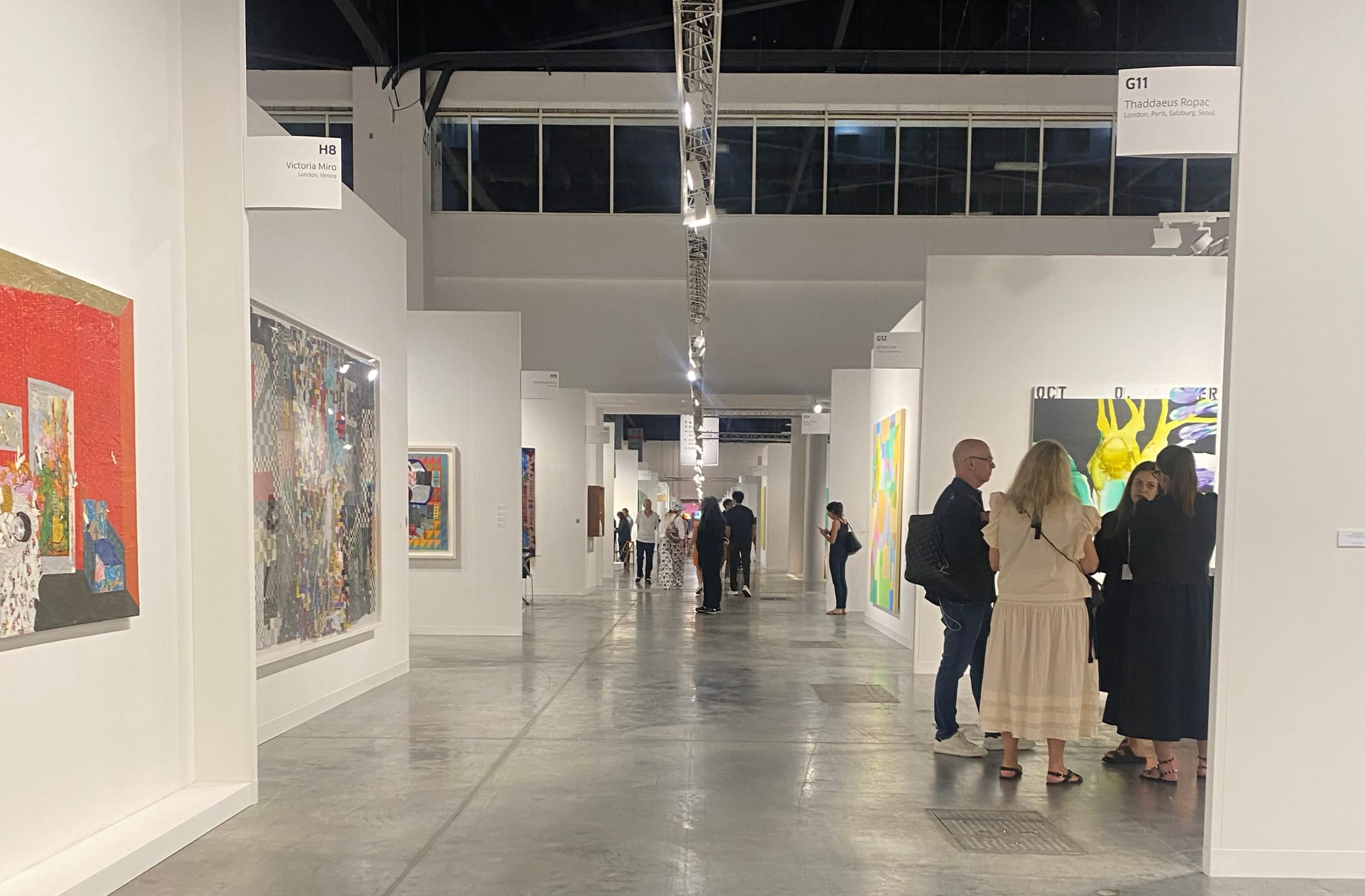
In the last year, I’ve been to around ten art fairs. I stopped keeping track around the sixth. It ceased to matter, as the art was nearly the same at each. Three times I saw the same giant mirrored person-of-the-year Time magazine cover by Mungo Thomson, the perfect art fair selfie. At every other fair there was a piece by Katherine Bradford. And I was never surprised to see an Anish Kapoor—yet another perfect surface for taking a photo! The strongest presentations were always at the booths dedicated to a single artist.
All of this is to say that by the time I made it to Frieze LA in February, I beelined directly for the Dr. Barbara Sturm booth where they were handing out free high-end skin care samples. VIPs sat under LED face masks. One could be forgiven for thinking they were pieces of installation art.
Visiting that many art fairs is a great way to desensitize you toward art and make you overly aware of the market around it. For the most part, the gallery system operates by keeping the commercial aspect hidden from view. No prices are listed on the walls and offices are tucked away at the back. The exchange of money for something as important as art is considered vulgar, and therefore concealed, as best as possible. “Dealers are enmeshed in a sacred world, where art is seen as an object that is essentially non-commodifiable, where the only appropriate discourse is aesthetic or critical, where plain commerce is considered taboo, and dealers instead claim to be ‘playing for history,’” writes Olav Velthuis in his essay “Separating the Sacred from the Profane: the front and the back of a contemporary art gallery.”
Except at art fairs. The fair system can’t hide its essentially economic function. Transactions happen out in the open—the back office moved, literally, onto centre stage. At the VIP opening of NADA Miami, I watched as collectors ran around the fair buying art with the fervour of people participating in a Black Friday door-crasher sale. “I want to buy this,” a young woman said to a gallerist, who curtly replied, “No.” Presumably, it had already sold.
Last year at Art Basel Miami, the fair’s commodification was critiqued in a piece by the meme-art collective MSCHF, who installed an ATM that took a photo of you and displayed it next to your bank balance. A leaderboard scrolled on a loop overhead. I had $87 in my chequing account and desperately wanted to do it, then realized I had lost my debit card. People scoffed at those at the top of the list. “If you have more than a million in your chequing account, you’re investing wrong,” a man said to me. I took note.
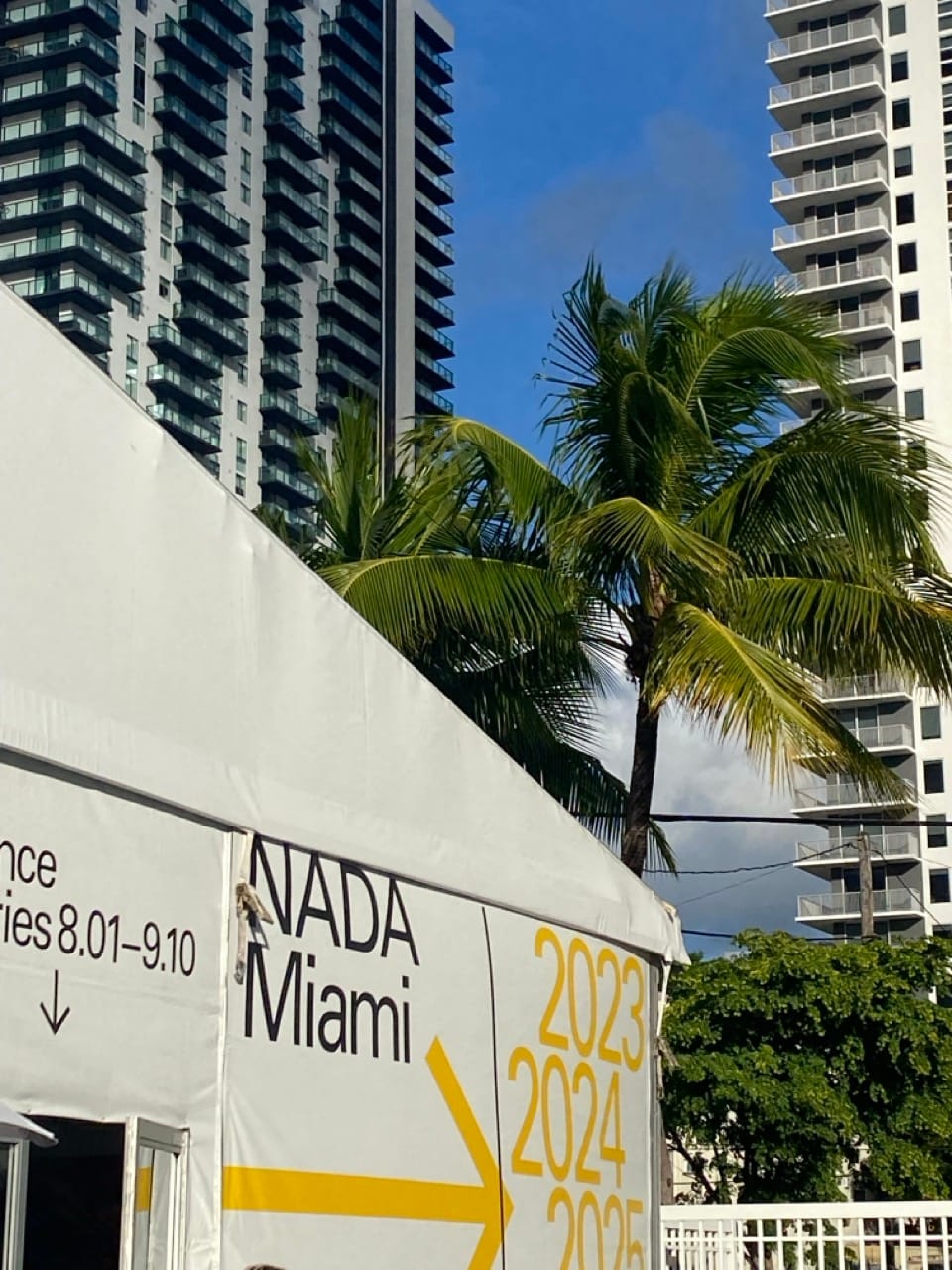
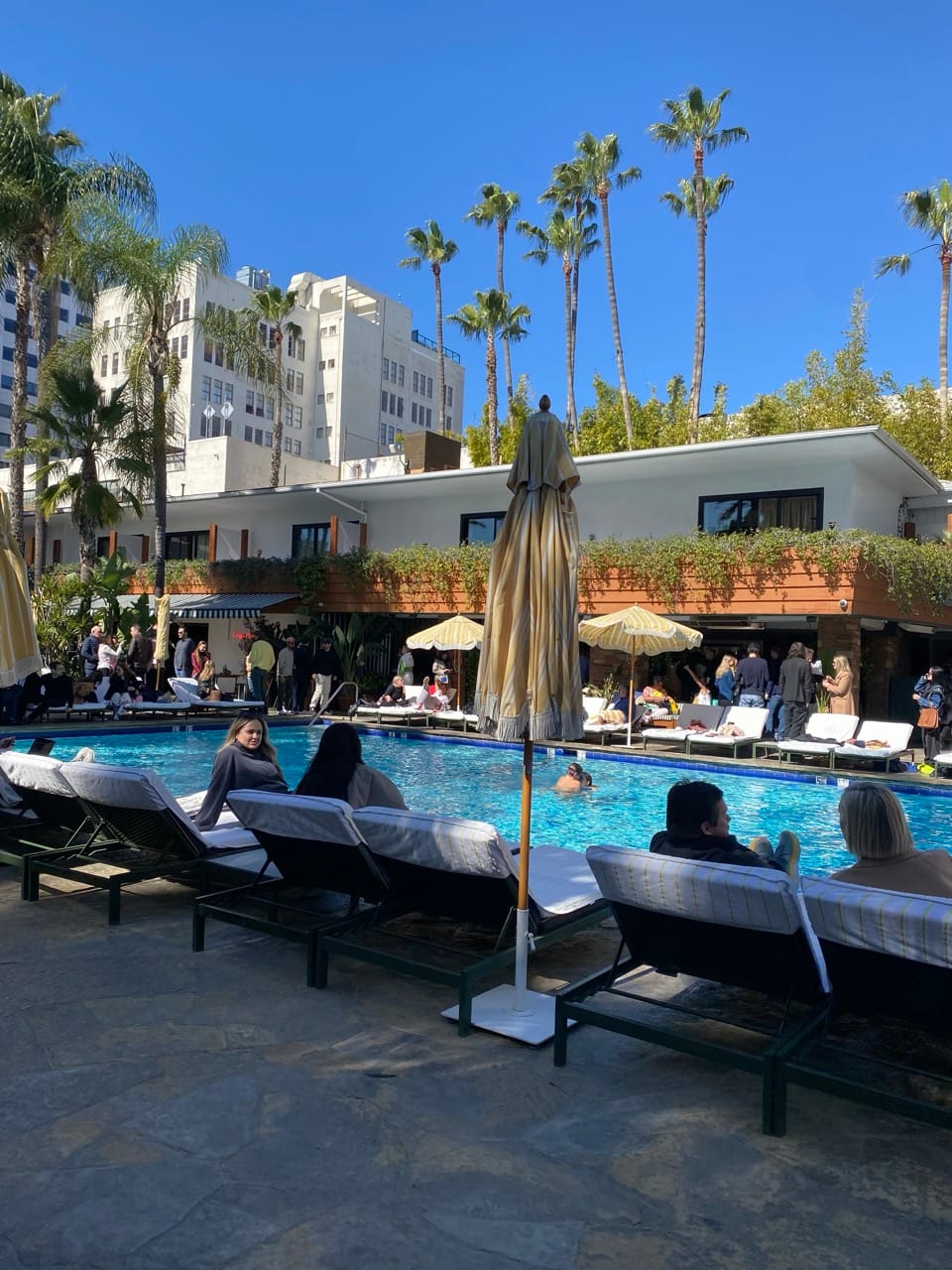
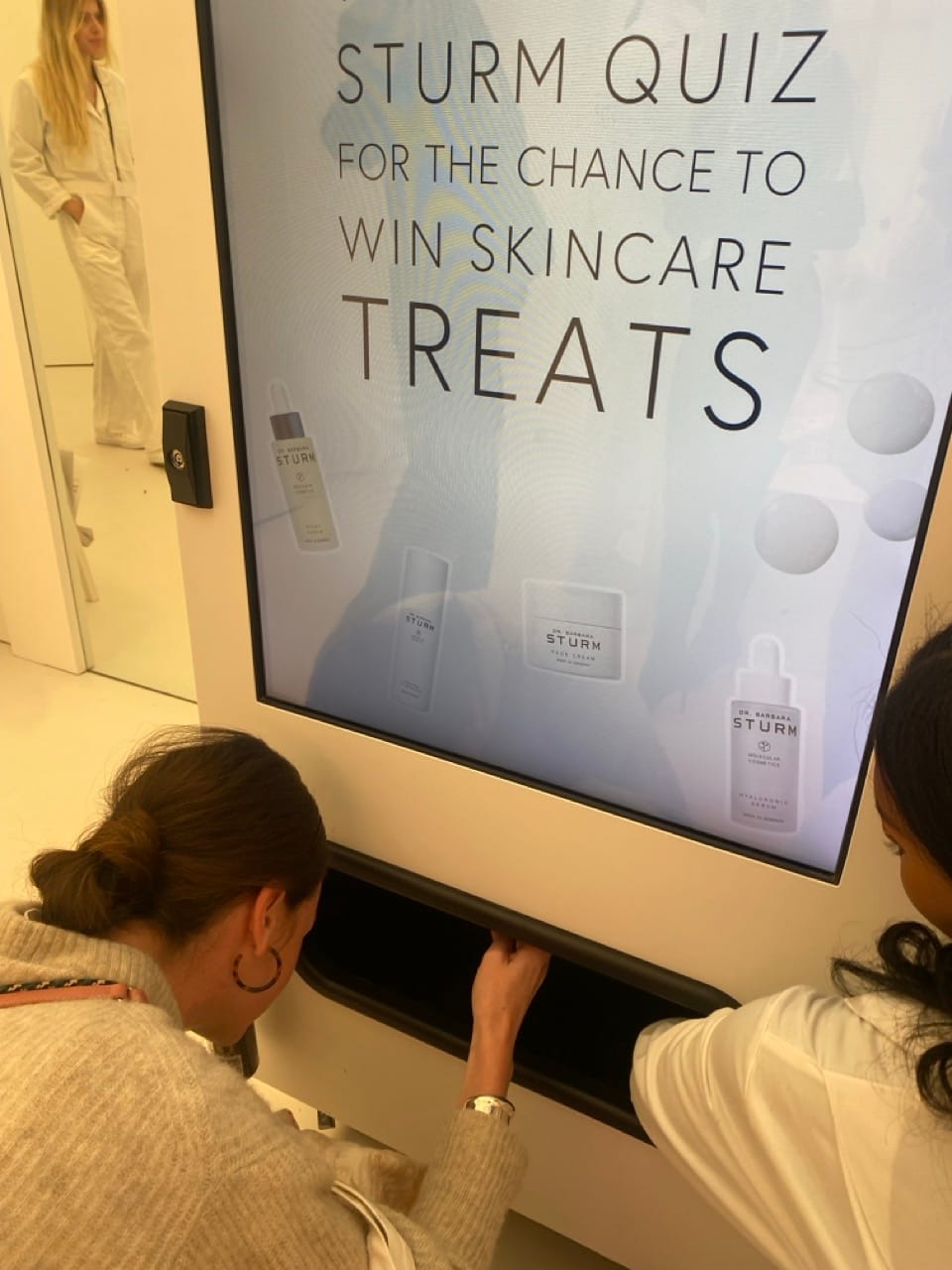
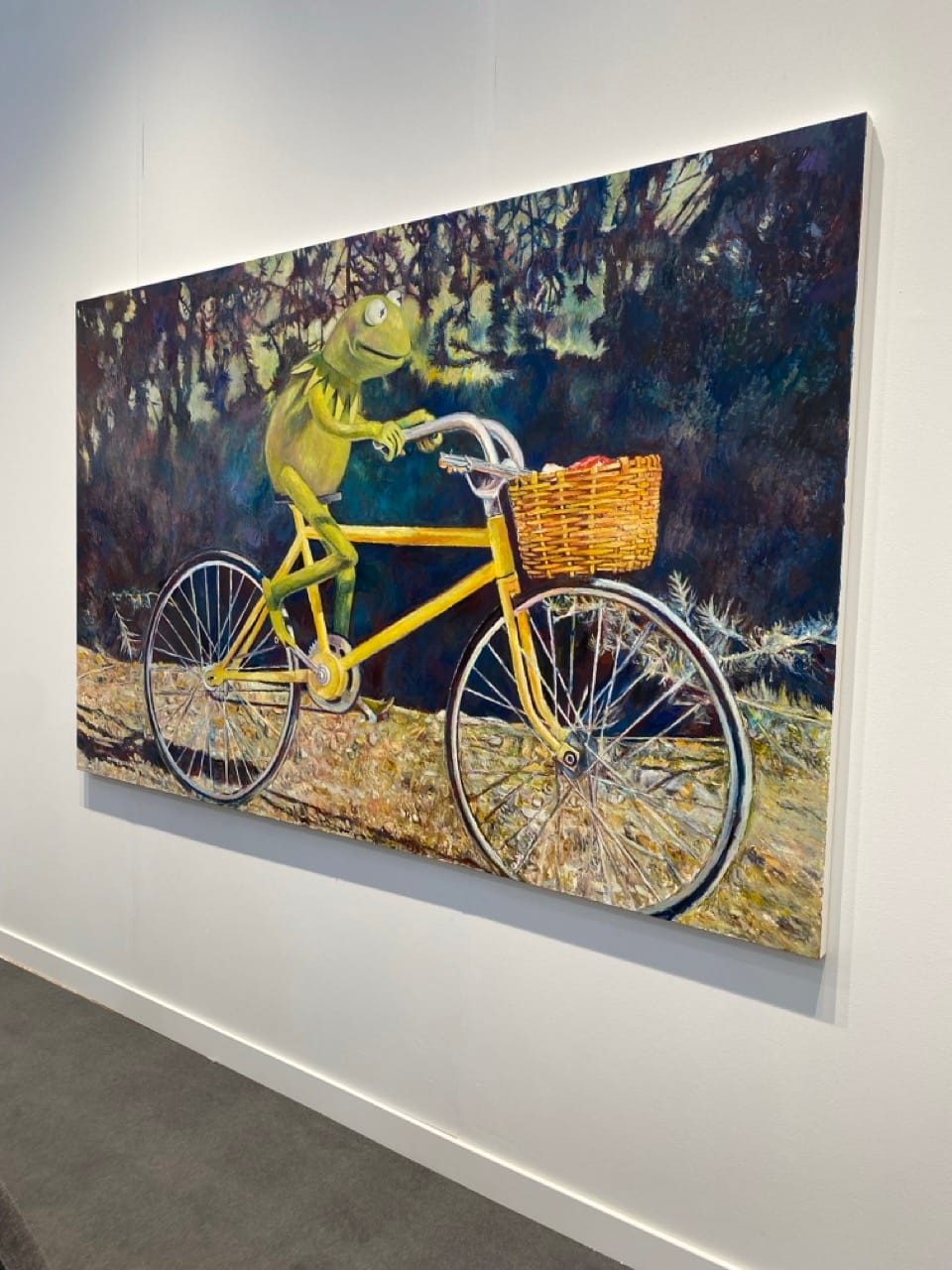
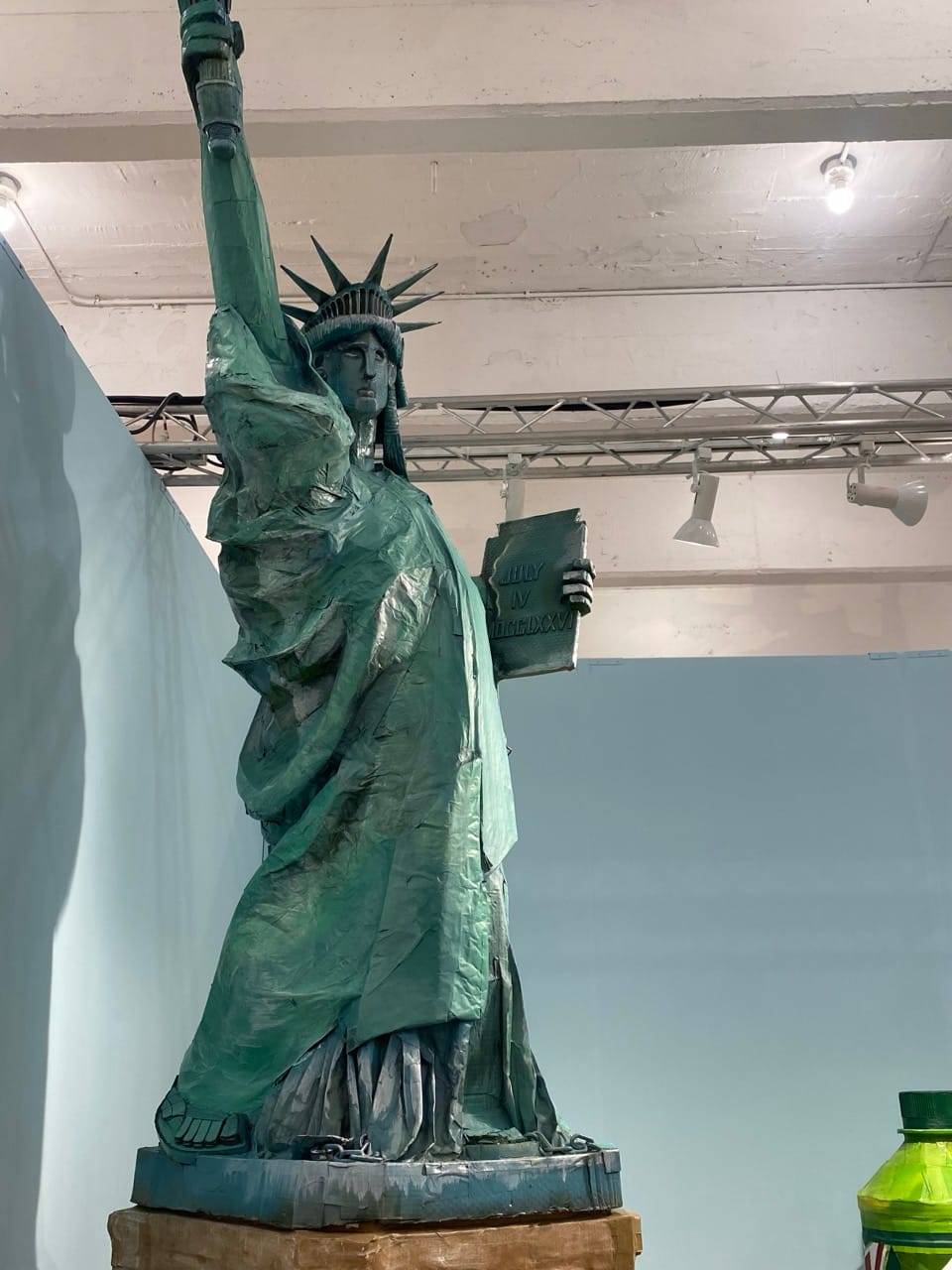
“The separation between the sacred and the profane can also be retrieved physically in the architecture of the art gallery: almost invariably, a shop window is absent, while it is impossible in many cases to view the inside of the gallery from the outside because of the use of opaque, frosted glass windows or because of thin curtains behind the windows,” writes Velthuis. “Much like in the classical, nineteenth century design of art museums, this passage serves to disconnect the world of art from everyday life,” he continues. The division of front room from back, according to Velthuis, is one of the most important symbolic gestures to separate art from commerce.
If architectural references are a key inspiration in the art world—such as the ubiquitous “white cube” gallery, where the blank space allows art to assume a life of its own without distraction—then the art fair is constantly at odds with itself. Weak attempts are made to replicate the white cube, the booths typically being boxy and white. The lights always bright and unrelenting. “The minimalist, austere architectural language links avant-garde gallery spaces on the one hand to the non-commercial world of museums and on the other hand to the commercial world of luxury commodities,” writes Velthuis. Luxury retailers, high-end fragrance lines, and international banks all enjoy their share of real estate at art fairs, cementing the position of the contemporary art market within the world of luxury brands rather than culture.
The common denominator of all the art fairs I visited was the maze-like floorplan, replicating the confusion of a museum, shopping mall, or casino. There’s always the feeling of being lost, looping around, artworks serving as the only markers. When art fairs are staged at convention centres, which they often are, there’s rarely any sense of the time or weather. Instead, it’s as though the art exists in its own hermetically sealed world.

Of course, hosting your art fair at a convention centre puts it in the same company as commercial trade shows. Art Basel Miami, The Armory Show, and Art Toronto all take place in convention centres. At the Armory, a health food convention was also happening down the hall. There was an Amazon market in the entryway that sold spiked energy drinks. It’s hard to take art very seriously in this context. I spent an hour at the Armory before hightailing it uptown to see art in the safety of a gallery setting, where I could go back to pretending that art exists on a pedestal.
My favourite fair was the only one that didn’t try to replicate the architectural conceits of the art gallery, or the sanitized aura of the convention centre. It was the Felix Fair in Los Angeles, which took place in the guest rooms of the Hollywood Roosevelt Hotel. I arrived a few days before the fair started and watched as gallerists and art handlers gathered around the famous pool with the Hockney mural, taking calls on lawn chairs. Once the fair started, parties spilled into the lobby and pool area all day and late into the night. Instead of the convergence of art and commerce, there was something much more fun happening: the merging of art and play. With the hotel rooms serving as booths, each gallery was able to conduct its business with privacy, away from each other’s gazes. Art was hung in the bathrooms or leaned against a bed frame. It was the farthest away from an art gallery I’d ever been.




